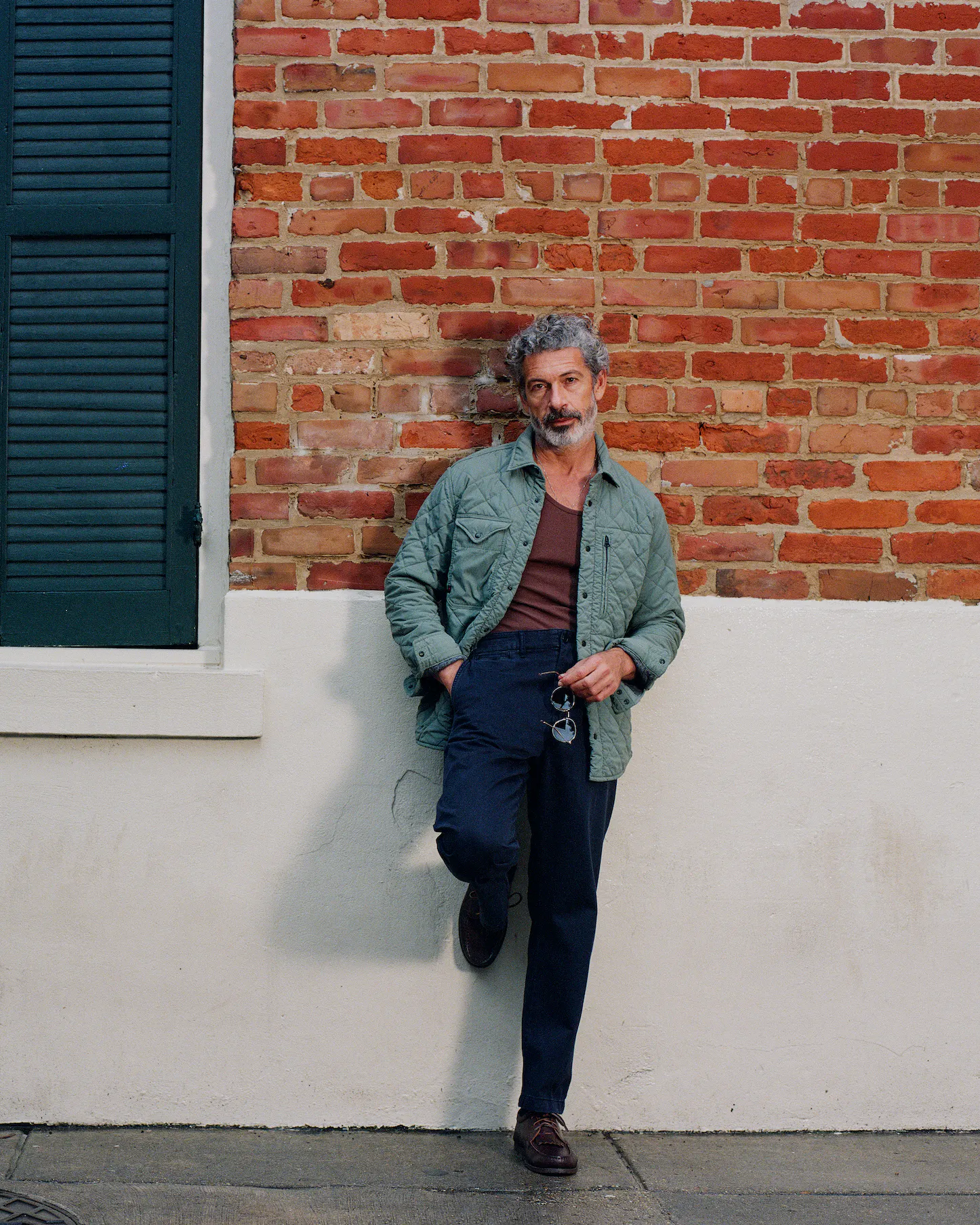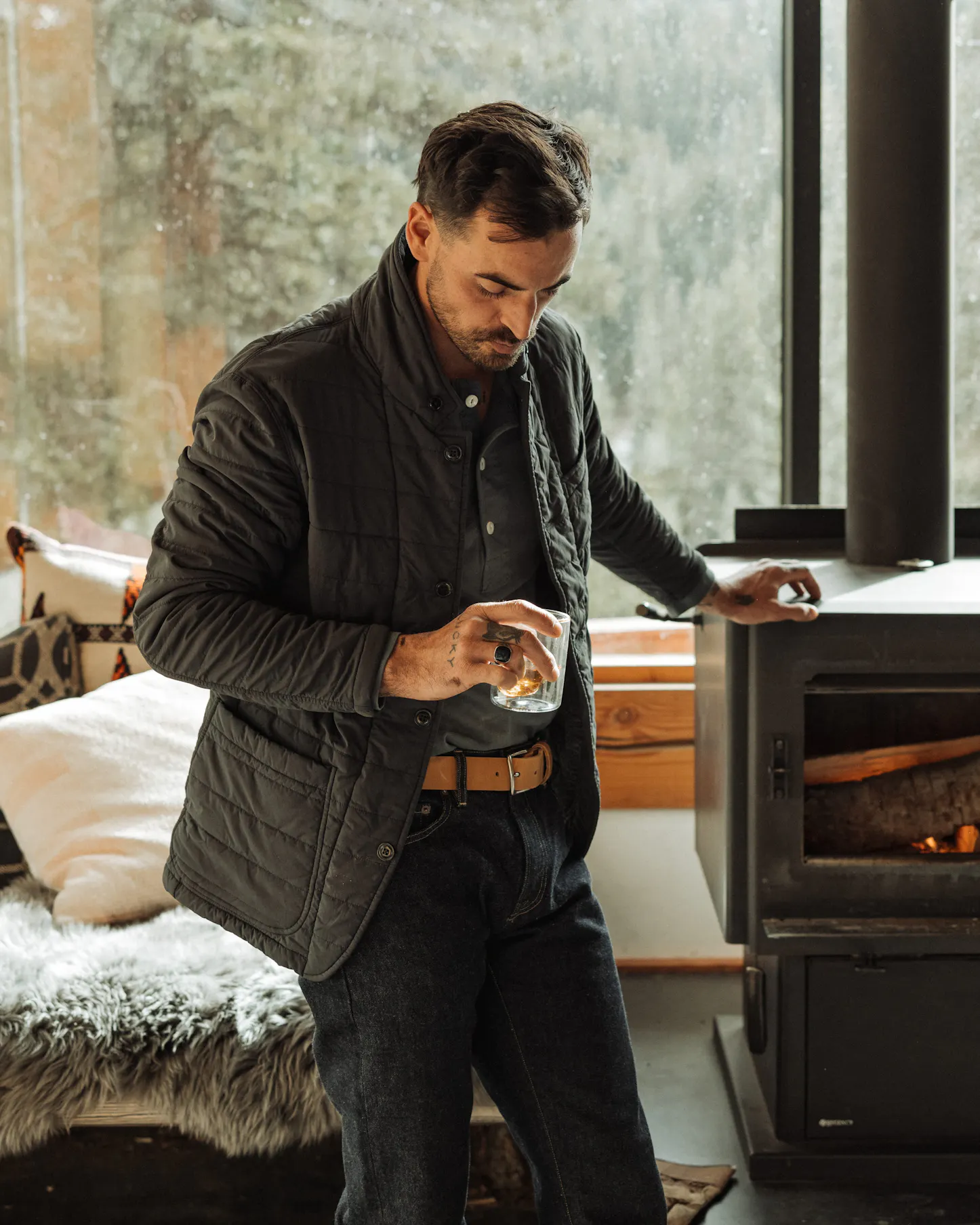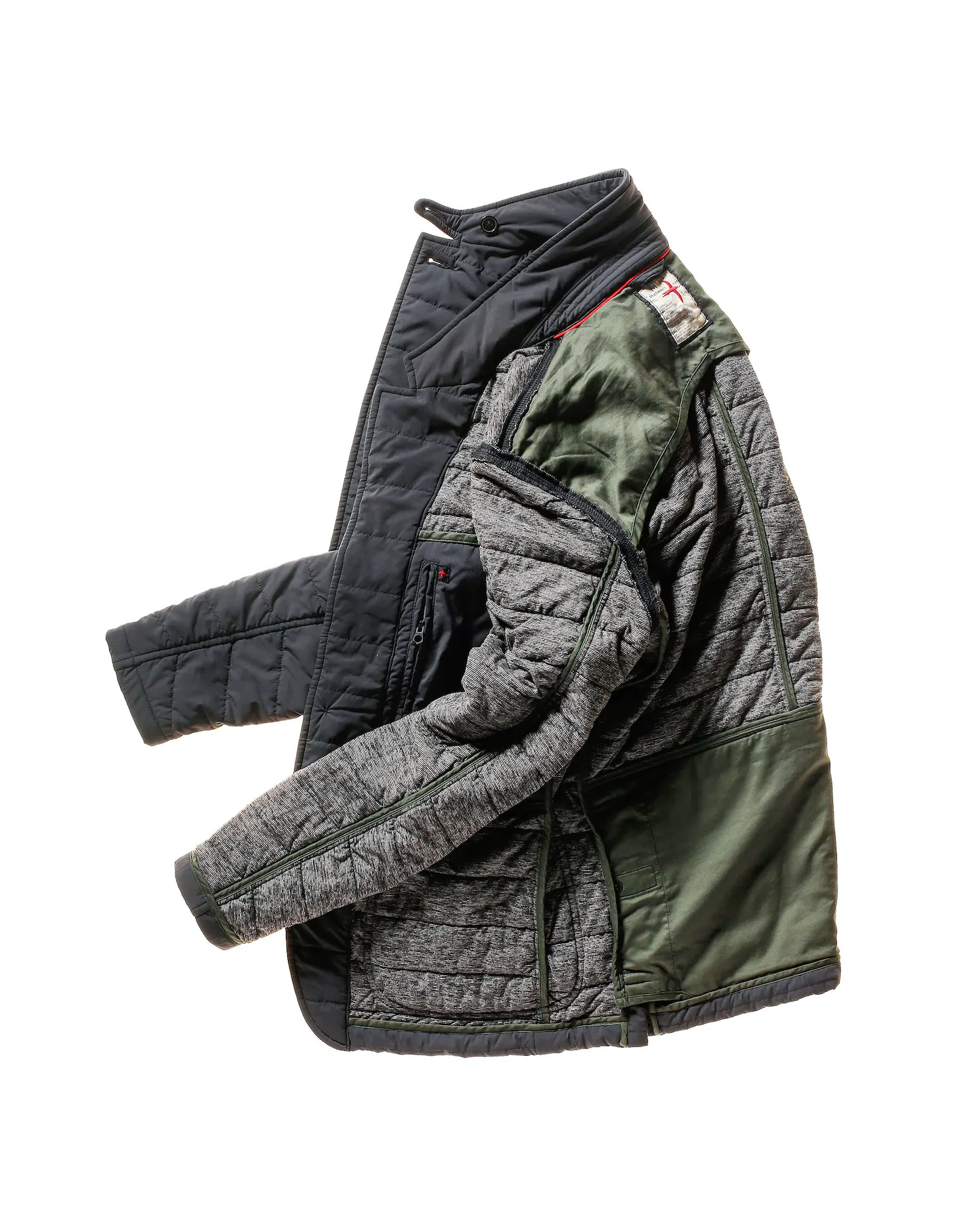Giveaway! Huckberry x Relwen Windzip Exclusive Collection
Huckberry are fan favorites at Carry HQ, and they offer a highly varied and expertly curated selection of excellent gear from around the world, making it easier to access hidden gems and well-known brands alike. One brand that keeps coming up on our radar over the past few years is Relwen. In particular, one piece of theirs keeps coming back in our buying guides as it’s such a winner. The Windzip Jacket is a truly versatile piece of clothing that we’ve come to love for its do-all attitude and go-anywhere style, and it continues to be a fan favorite at Huckberry year after year.
The thing is, all of Relwen’s products are awesome. They’re one of those brands that you’d happily live in the catalog and look damn good doing it. Huckberry feel the same and have taken that winning Windzip technology and fused it with some of Relwen’s outstanding silhouettes. Here’s your chance to win two of the latest and greatest Huckberry exclusives.
Relwen Windzip Quilted CPO Shirt Jacket ($268)

We love shirt jackets at Carry HQ, and this one is a doozie. When it’s too chilly for just a shirt or tee but not cold enough to merit a heavy outer layer, look no further. Relwen’s Windzip Quilted CPO Shirt Jacket finds the sweet spot between toasty warmth and versatile style for a variety of indoor and outdoor settings.

With its cozy construction and classic, timeless style, this is an adaptable piece that can be worn year-round. Don it over a tee for milder temperatures or use it as a mid-layer in more inclement weather. Thanks to Relwen’s classic silhouettes but performance minded construction, this’ll work equally well for hard days in the yard or chilled drinks in the evening, and it won’t look out of place in either setting.

The stretch exterior and knitted interior keep you warm and comfortable throughout the day, while a choice of four tricot-lined pockets keep your hands warm and offer convenient storage for small EDC items. This handsome “shacket” will be the one you turn to time and time again! Available in two colours, you can fit this to any palette.
Relwen Windzip Trap Blazer ($398)

The Windzip Jacket and Trap Blazer are two of Relwen’s most popular pieces. But what if you could combine them? Well, Relwen and Huckberry have done just that with their Windzip Trap Blazer. The casually suave blazer silhouette is easy to dress up or down, while the lapel can fasten up to the neck to keep the chill at bay.

Cozy quilted insulation and a semi-water-resistant shell provide protection from the elements, making this a handsome piece for outdoor excursions or a night on the town. Add in five pockets and there’s no shortage of storage options for your daily essentials, including a large rear game pocket and a secure zippered interior pocket for valuables.

This is the perfect transitional travel jacket that can pair with any outfit, in any location, at any time. It’s an excellent example of performance and style married together, and one of those jackets you won’t be sure how you lived without!
Our friends at Huckberry are exceptional curators, and season after season, they showcase fantastic products from fantastic brands. We’re huge fans of this exclusive Windzip Collection with Relwen, and we’re excited to give you the chance to get your hands on both! To win both of these enter our giveaway on Instagram now!





 Carry Awards
Carry Awards Insights
Insights Liking
Liking Projects
Projects Interviews
Interviews












